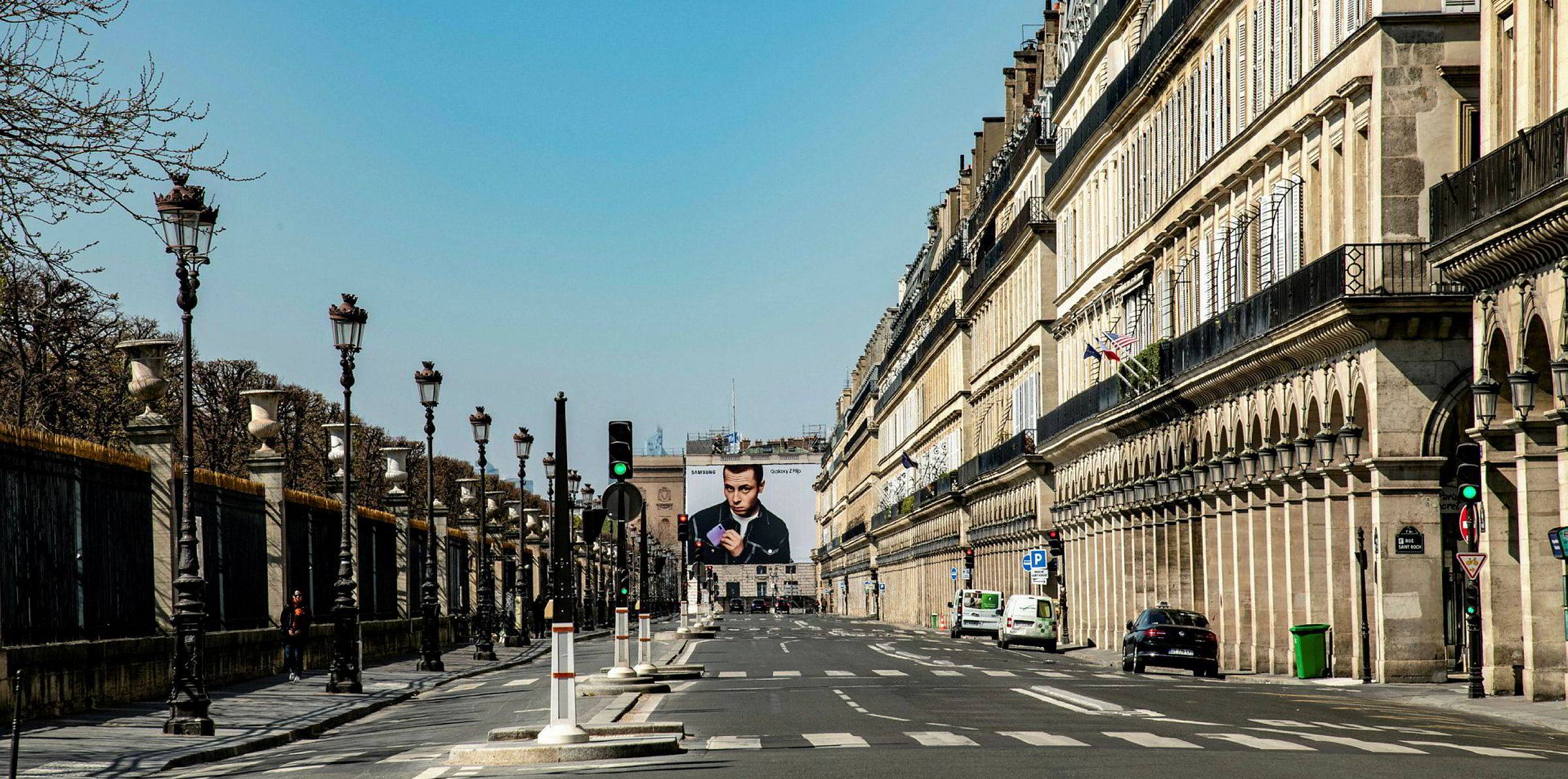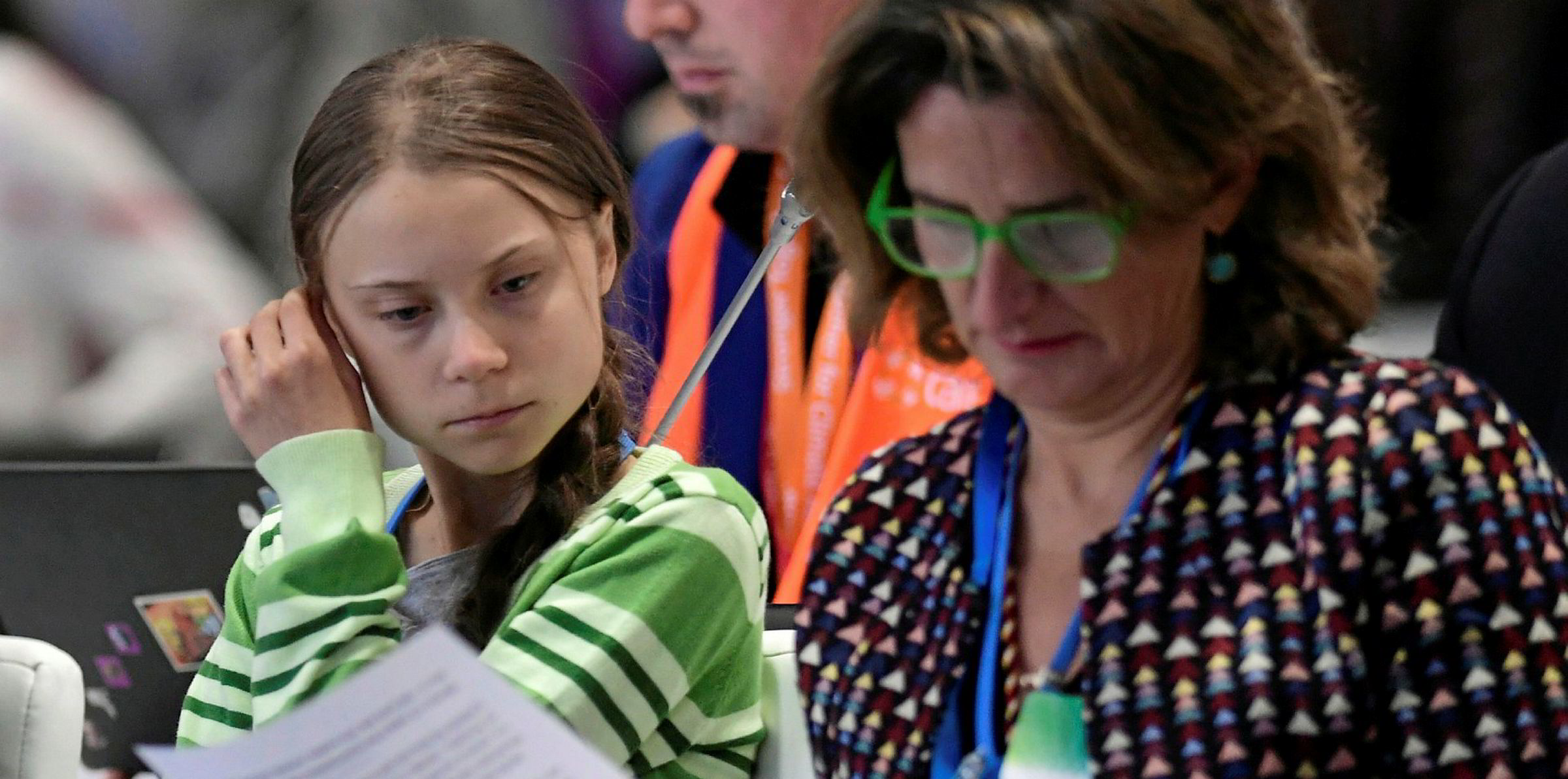Global wind and solar growth is “hurting but not halting” as the capacity of new renewable power installations falls this year due to the unprecedented Covid-19 crisis, said the International Energy Agency (IEA).
After what is expected to be the first annual decline in new capacity additions in 20 years, the IEA said in its latest Renewable Market Update report that growth is forecast to rebound in 2021 as most delayed renewables projects come online.
The IEA predicts the world is set to add 167GW of renewable power capacity this year, some 13% less than in 2019. This decline reflects delays in construction activity due to supply chain disruptions, lockdown measures and social distancing guidelines, as well as emerging financing challenges.
“Despite the slowdown in new additions, overall global renewable power capacity still grows by 6% in 2020, surpassing the total power capacity of North America and Europe combined,” the IEA said.
Renewable power sources have so far showed an impressive resilience despite the disruptions and changes caused by the coronavirus pandemic, with their share of the electricity mix increasing in many markets, said the Paris-based agency.
Last month, in what it described as the biggest shock to the global energy system since the second world war, the IEA predicted that renewables such as wind and solar will be the only energy sources to grow this year while coal, oil and gas will suffer “staggering” reverses as demand plunges amid global lockdowns.
“The resilience of renewable electricity to the impacts of the Covid-19 crisis is good news but cannot be taken for granted,” said IEA executive director Fatih Birol. “Countries are continuing to build new wind turbines and solar plants, but at a much slower pace.”
“Even before the Covid-19 pandemic struck, the world needed to significantly accelerate the deployment of renewables to have a chance of meeting its energy and climate goals. Amid today’s extraordinary health and economic challenges, governments must not lose sight of the essential task of stepping up clean energy transitions to enable us to emerge from the crisis on a secure and sustainable path,” said Birol.
Despite the rebound in activity expected next year, renewables growth for 2020 and 2021 combined is expected to be 10% lower than the IEA had previously forecast before the coronavirus outbreak. Almost all mature markets are affected by downward revisions, except the US where developers are rushing to finish projects before tax credits expire.
The IEA said after exceptional growth last year, Europe’s new additions are set to fall by one-third in 2020, their largest annual decline since 1996. A partial recovery is expected next year.
Commissioning delays caused by Covid-19 have slowed the pace of onshore wind installations this year, but they should mostly be compensated for in 2021 as the majority of projects in the pipeline are already financed and under construction. However, uncertainty remains over projects that had planned to secure their financing this year and become operational next year.
The impact of the crisis on offshore wind deployment is set to remain limited in 2020 and 2021, since offshore projects have longer construction periods than onshore schemes.
Solar PV accounted for more than half the forecast expansion in renewable power in 2020 and 2021, but its global additions are now expected to decline from 110GW in 2019 to over 90GW in 2020. Utility-scale solar PV projects are expected to rebound in 2021, but the overall level of installations are unlikely to surpass 2019 activity.
The IEA said at the start of this year, renewables were already facing challenges in several markets in terms of financing, policy uncertainty and grid integration. Covid-19 has now intensified those concerns.
“The spectacular growth and cost reductions of renewables over the past two decades have been a big success story for global energy markets, driven by innovation in both technology and policies. But continuing cost declines will not be enough to protect renewables from a range of uncertainties that are being exacerbated by Covid-19,” said Birol.
“This underlines the critical importance of getting stimulus packages and policy strategies right in order to ensure investor confidence in the months and years ahead.”






